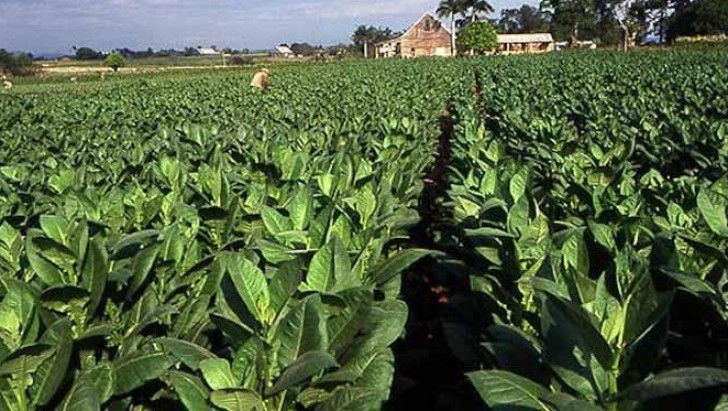Health
Ban tobacco, promote sports

Let me start by saying that I don't want to sound a fanatic, for I don't suggest anything that I can't do myself. I quit smoking recently. And that's no small feat. Tobacco is the most common form of addiction and one of the most harmful as well, much more than the dreaded cannabis or for that matter Ecstasy, let alone alcohol.
If, and I know it's a big if, alcohol is consumed in moderation at a decent pace, half an hour for a peg, it's actually medicinal. But there's no safe amount of consumption of tobacco products. And for a young country like India, where half of the population is below 25 years of age, tobacco is doom. The greatest challenge before India as a nation is to exploit the incredible demographic potential, and inculcating a sports culture is the most effective way of doing it. Tobacco is the surest and easiest way of squandering it.
Simply, tobacco is a significant public health hazard, and something urgently needs to be done to discourage people from tobacco consumption. Just to give an idea of the enormity of the problem, globally, tobacco kills more people than tuberculosis, HIV/AIDS and malaria combined.
Remember, smoking a cigarette is just one of many ways of consuming tobacco. The consumption of smokeless tobacco in the form of snuff, chewing tobacco, tobacco leaf and gutkha is widespread amongst all age groups in India. There's no escape, every second Indian is hooked on to one or the other form of tobacco consumption, and more often than not, it contributes to oral submucosal fibrosis, or OSF, is an established fact.
More Indians chew tobacco than smoke cigarettes or beedis, the figures are 26 per cent and 14 per cent, respectively, according to the Indian government and the World Health Organisation's Global Adult Tobacco Survey of 2009-2010. Not surprisingly, nearly 80 per cent of oral cancer patients are tobacco users.
Recently the Indian Journal of Medical of Pediatrics published a study by Gauravi Mishra, Sharmila A. Pimple and Surendra S. Shastri that pointed to the fact that India is the second-largest consumer of tobacco globally, and accounts for approximately one-sixth of the world's tobacco-related deaths. The Global Youth Tobacco Survey paints a grim picture of India. It was carried out amongst students of classes 8, 9 and 10, or roughly of the 13-16 age group. It was found that 15 per cent of students used tobacco products, mostly chewing tobacco (nearly 80 percent).
Despite this, not much has been done to curtail tobacco consumption. One of the main reasons is that the tobacco industry is fairly influential. It has been boasting about its contribution to the Indian economy at large by generating employment in the agriculture and manufacturing sectors, and revenues in the form of exports and taxes, as a justification to be allowed to play with the health of people. But it doesn't need rocket science to understand that the public health hazard caused by tobacco outweighs all economic benefits many times over.
In the past, many states have tried to ban chewing tobacco but with little success. Take the case of gutka, a concoction of raw betel nut mixed with tobacco, which has been banned for some years now. To circumvent this, many tobacco companies started selling gutka discreetly, by selling pan masala paired with a separate sachet of tobacco. Though this may seem harmless, tobacco sold in small portions in a sachet actually facilitates its use primarily amongst teenagers. Many celebrities, from the film industry to sports, campaign for tobacco products, in spite of repeated persuasion against doing so. Tobacco, sadly, has become an integral part of life in cities and villages.
I specialise in youth outreach programmes by way of sports. And tobacco consumption is a great impediment in the objective of creating a healthy society committed to playing sports. Children and the unemployed youth are hard-pressed for money, and their consumption of tobacco products is highly susceptible to strong fiscal measures.
The availability of tobacco products in smaller quantities, in sachets and cigarettes sold by individual sticks, make it accessible to all, even children. Ideally, the government should ban the consumption of tobacco. But, till the time it's done, at least the government should ensure two things. One, that 18 years and below are not to be sold any tobacco product. And two, the sale of tobacco products in small quantities, especially sachets which cost merely Rs 5 to 10, should be banned at the earliest. This will effectively curtail the access of tobacco products to sub-adults.
No half measures will suffice in the fight against tobacco. Ban tobacco.
(Siddhartha Upadhyay is member of the Governing Body of the Sports Authority of India and Founder of STAIRS, an organisation dedicated to the uplift of sports. The views expressed are personal. He can be contacted at siddhartha@upadhyay.co)



































